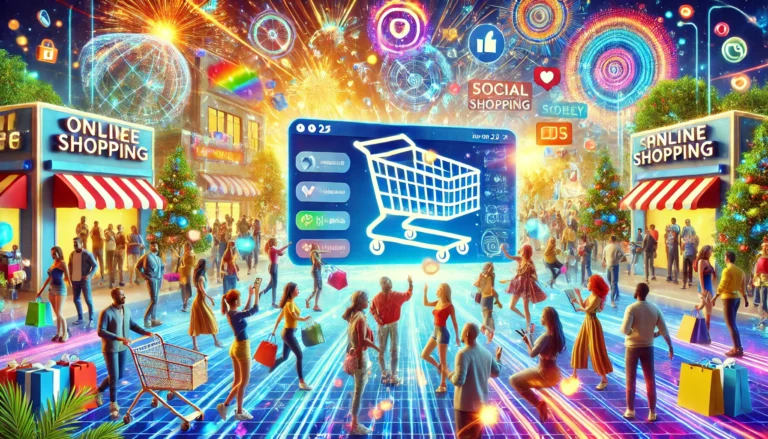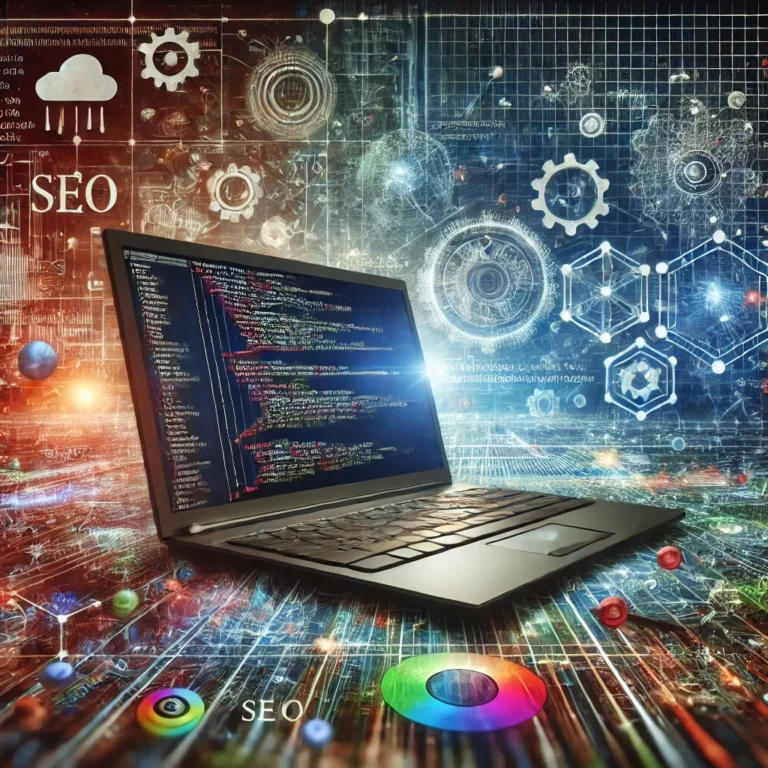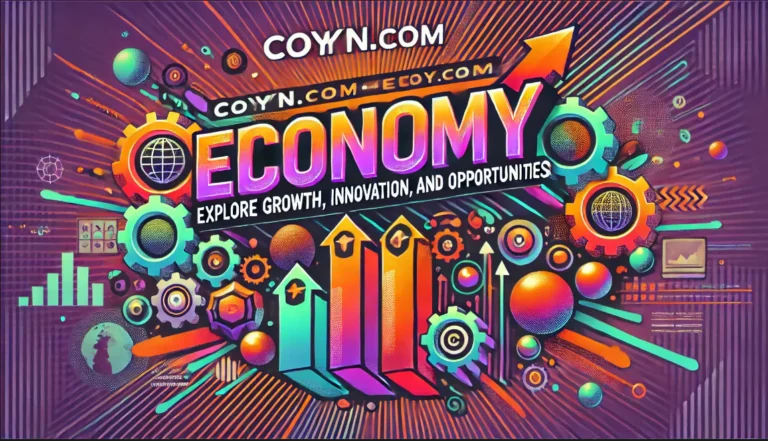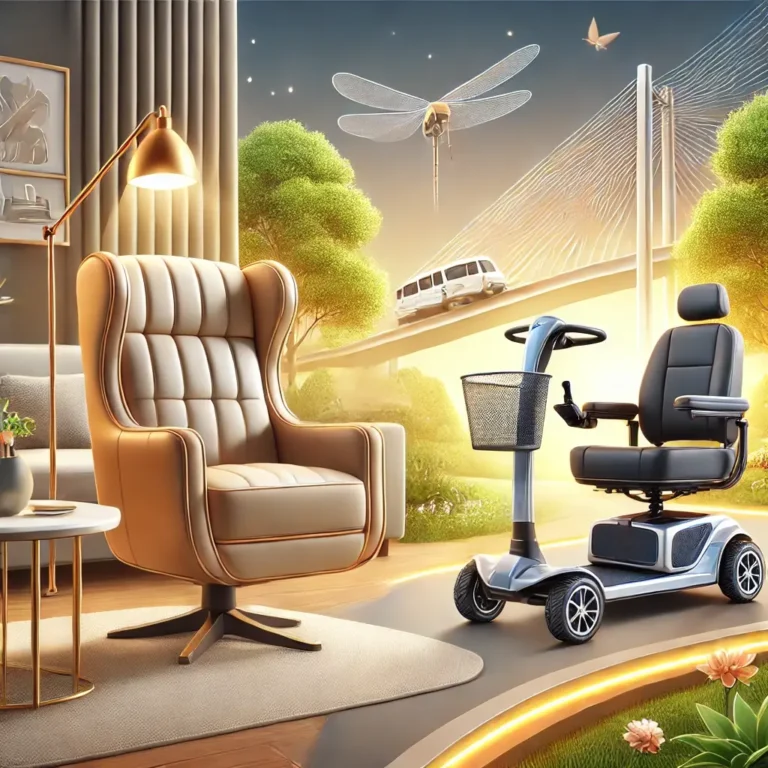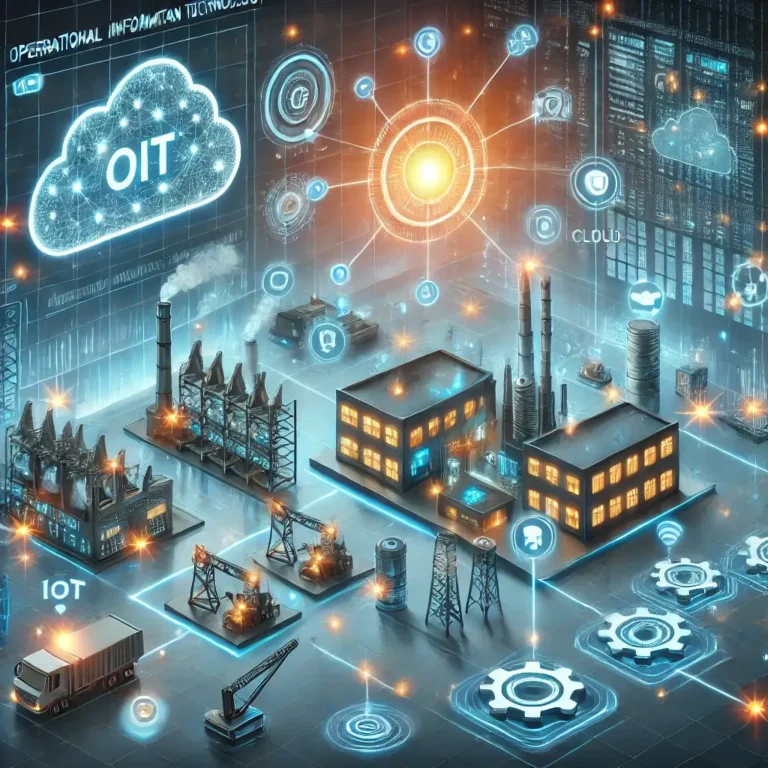The Transformative Power of AI Technology In 2024
Introduction
Artificial Intelligence (AI) technology has rapidly evolved, influencing nearly every aspect of our lives. From smart assistants in our homes to complex algorithms driving industries, AI is reshaping how we interact with the world. This article delves into the multifaceted dimensions of AI technology, exploring its applications, benefits, challenges, and the future it holds.
As we dive deeper into the world of AI, we’ll examine its historical context, the technologies driving its development, and its potential to shape industries and society at large. By the end, you’ll have a comprehensive understanding of AI technology and its far-reaching implications.
What is AI Technology?
AI technology refers to the simulation of human intelligence in machines programmed to think and learn like humans. This includes capabilities such as reasoning, problem-solving, understanding natural language, and recognizing patterns. The overarching goal of AI is to create systems that can function intelligently and independently, solving complex problems with minimal human intervention.
Key Components of AI
- Machine Learning (ML): A subset of AI where systems learn from data to improve their performance over time. ML is divided into three types: supervised, unsupervised, and reinforcement learning. Each type has its unique approach and application, enabling machines to enhance their accuracy and effectiveness.
- Natural Language Processing (NLP): This enables machines to understand and interpret human language, making interactions more intuitive. NLP powers applications like chatbots, translation services, and sentiment analysis tools, bridging the communication gap between humans and machines.
- Computer Vision: The ability of machines to interpret and make decisions based on visual data from the world. Computer vision technologies are used in facial recognition systems, autonomous vehicles, and medical image analysis, allowing machines to “see” and react to their environment.
- Robotics: The integration of AI with robotics allows for the creation of intelligent machines capable of performing tasks autonomously. Robotics combined with AI is prevalent in manufacturing, logistics, and even healthcare.
- Deep Learning: A more advanced subset of machine learning, deep learning involves neural networks with many layers (hence “deep”). This technology has led to breakthroughs in image and speech recognition, making it a cornerstone of modern AI applications.
Applications of AI Technology
1. Healthcare
AI technology is revolutionizing healthcare through predictive analytics, personalized medicine, and robotic surgeries. For example, AI algorithms can analyze medical images to detect diseases earlier and more accurately. Machine learning models can predict patient outcomes, helping doctors make informed decisions about treatment options.
Case Study: IBM Watson Health
IBM’s Watson Health leverages AI to assist in cancer diagnosis and treatment planning. By analyzing vast amounts of medical literature and patient data, Watson can provide oncologists with evidence-based treatment options tailored to individual patients.
2. Finance
In the financial sector, AI enhances risk assessment, fraud detection, and algorithmic trading. AI systems analyze vast amounts of financial data, helping institutions make informed decisions faster. By identifying patterns and anomalies in transactions, AI can flag potential fraud and reduce risk.
Example: Fraud Detection Systems
Banks and financial institutions deploy AI-driven fraud detection systems that analyze transaction patterns in real-time. If a transaction deviates from a user’s typical behavior, the system can automatically flag it for further investigation, enhancing security.
3. Transportation
Self-driving cars are perhaps the most talked-about application of AI in transportation. These vehicles use AI to navigate, avoid obstacles, and ensure passenger safety. The combination of computer vision, machine learning, and real-time data processing allows autonomous vehicles to interpret their environment and make split-second decisions.
Industry Impact
Companies like Tesla and Waymo are at the forefront of this technology, investing heavily in research and development. As autonomous vehicles become more reliable, we may see a significant reduction in traffic accidents and improved traffic management.
4. Customer Service
AI chatbots provide 24/7 support, answering queries and resolving issues efficiently. This not only improves customer satisfaction but also reduces operational costs for businesses. By handling routine inquiries, chatbots free up human agents to focus on more complex tasks.
Implementation: Virtual Assistants
Many companies implement virtual assistants on their websites and apps to guide users through purchasing processes, troubleshoot issues, or provide information about services. This enhances the overall customer experience while optimizing resource allocation.
5. Education
AI technology personalizes learning experiences, adapting to individual student needs and helping educators track progress more effectively. AI-powered platforms can analyze student performance and suggest tailored learning paths, ensuring that each student receives the support they need.
Example: Intelligent Tutoring Systems
Intelligent tutoring systems use AI to offer personalized feedback and learning resources. By analyzing student interactions, these systems can identify areas where a student may struggle and provide targeted exercises to improve their understanding.
Benefits of AI Technology
Enhanced Efficiency
AI systems can perform tasks faster and more accurately than humans, leading to increased productivity across various sectors. This efficiency is particularly evident in data analysis, where AI can process vast amounts of information in seconds, identifying trends and insights that would take humans much longer to uncover.
Cost Savings
By automating repetitive tasks, businesses can save money and reallocate resources to more strategic areas. For example, companies using AI for supply chain management can optimize inventory levels, reducing costs associated with overstocking or stockouts.
Improved Decision-Making
AI’s data analysis capabilities enable organizations to make data-driven decisions, reducing the risk of human error. With access to real-time data and predictive analytics, businesses can anticipate market trends and adjust their strategies accordingly.
Enhanced Customer Experience
AI technology allows businesses to understand customer preferences better, leading to personalized marketing strategies and improved customer engagement. By analyzing past behaviors and preferences, companies can deliver tailored recommendations and promotions.
Innovation and New Opportunities
AI technology fosters innovation by enabling the development of new products and services. From smart home devices to AI-driven analytics tools, the possibilities are endless, creating new markets and opportunities for growth.
Challenges and Concerns
Ethical Considerations
The use of AI raises significant ethical questions, such as privacy concerns and the potential for bias in decision-making processes. As AI systems often rely on historical data, any biases present in that data can perpetuate inequalities.
Addressing Bias
To mitigate these concerns, it is essential for developers to create diverse datasets and continually assess AI systems for fairness. Transparency in AI algorithms and decision-making processes can help build trust and accountability.
Job Displacement
As AI automates tasks traditionally performed by humans, there are valid concerns about job losses and the need for workforce reskilling. Industries must adapt to this shift, providing training and support for workers to transition into new roles.
Security Risks
AI technology can be exploited for malicious purposes, including cyberattacks and the creation of deepfakes. As AI systems become more sophisticated, so do the methods used by cybercriminals, posing significant challenges for cybersecurity.
Mitigating Risks
Organizations must invest in robust security measures and stay updated on the latest threats to protect their systems. Developing AI tools for cybersecurity can help identify and neutralize threats more effectively.
The Future of AI Technology
Advancements on the Horizon
Research in AI is ongoing, with developments in areas like quantum computing and explainable AI, which aims to make AI decisions more transparent. These advancements hold the potential to revolutionize how AI is integrated into various industries.
Quantum Computing
Quantum computing promises to enhance AI capabilities by processing vast amounts of data at unprecedented speeds. This could lead to breakthroughs in fields like drug discovery, climate modeling, and complex system simulations.
Integration into Daily Life
AI technology will continue to permeate our daily lives, from smart homes to personalized shopping experiences. As AI becomes more integrated into everyday tasks, we may see a shift in how we interact with technology and each other.
Smart Homes
The rise of IoT (Internet of Things) devices equipped with AI capabilities will lead to more connected and intelligent living environments. From energy management to home security, AI will play a crucial role in enhancing comfort and safety.
Ethical AI Development
As AI technology continues to evolve, there will be a growing emphasis on ethical AI development. Organizations must prioritize transparency, fairness, and accountability in their AI initiatives to build trust with users and stakeholders.
Conclusion
AI technology is not just a buzzword; it represents a significant shift in how we live, work, and interact. As we embrace these advancements, it’s crucial to navigate the challenges responsibly while maximizing the benefits. The future of AI holds immense potential, and it’s up to us to harness it wisely.
By understanding AI’s capabilities and implications, we can better prepare for the changes it will bring. With responsible development and application, AI technology can enhance our lives and create a brighter, more efficient future.

